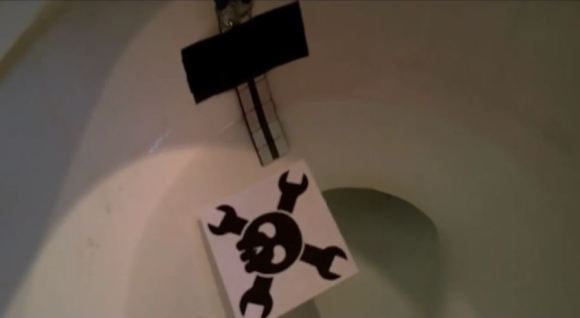There are some universal human experiences we don’t talk about much, at least not in public. One of them you’ll have in your own house, and such is our reluctance to talk about it, we’ve surrounded it in a fog of euphemisms and slang words. Your toilet, lavatory, john, dunny, khazi, bog, or whatever you call it, is part of your everyday life.
For his Hackaday Prize entry, [VijeMiller] tackles his smallest room head-on. You see, for him, the chief horror of the experience lies with the dreaded splashback. Yes, a bit of projectile power dumping leaves the old rump a little on the damp side. So he’s tackled the problem with some maker ingenuity and installed an Arduino-controlled foam generator that injects a mixture of soap and glycerin to fill the bowl with a splash-damping load of foam. Rearward inundation avoided.
The parts list reveals that the foam is generated by a fish tank aerator, triggered by a relay which is driven by an Arduino Uno through a power transistor. A solenoid valve controls the flow, and a lot of vinyl tubing hooks it all together. There is an HC/06 Bluetooth module with an app to control the device from a phone, though while he’s posted some Arduino code there is no link to the app. There are several pictures, including a cheeky placement of a Jolly Wrencher, and a shot of what we can only surmise is a text, as foam overflows all over the bathroom. And he’s put up the video we’ve placed below the break, for a humorous demonstration of the device in action.
Continue reading “Hackaday Prize Entry: Arduino Splash Resistant Toilet Foamer”














